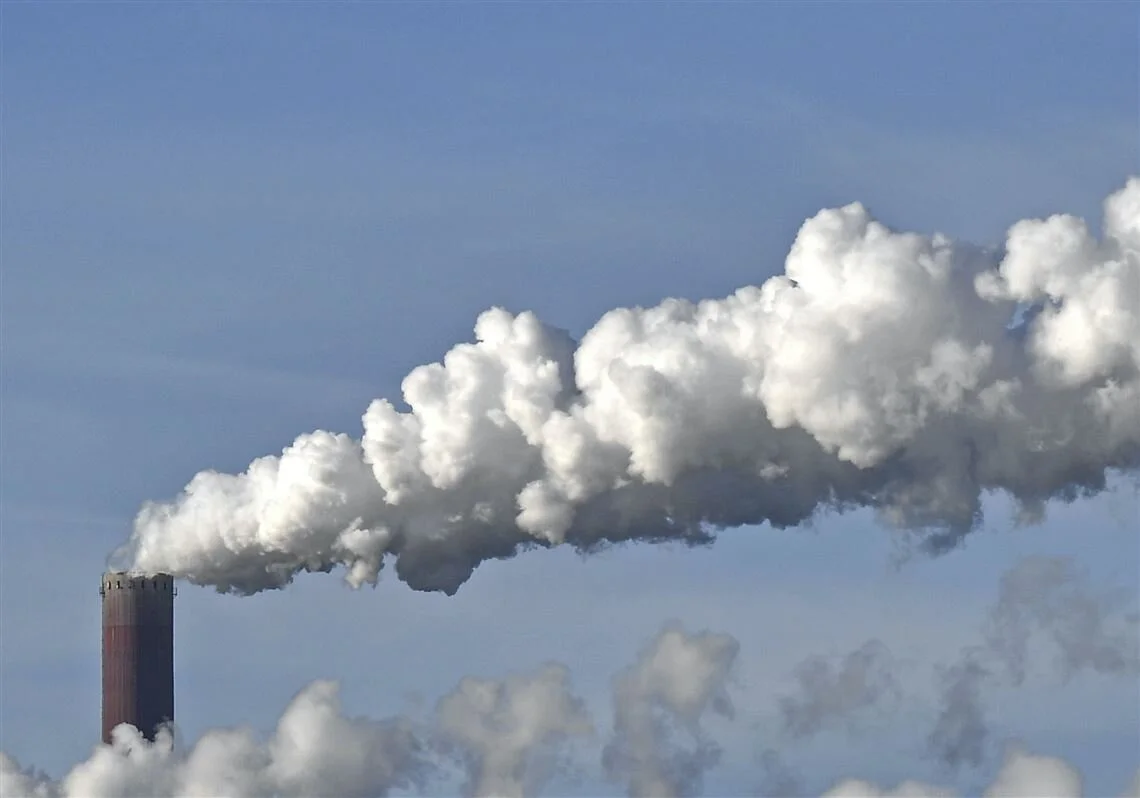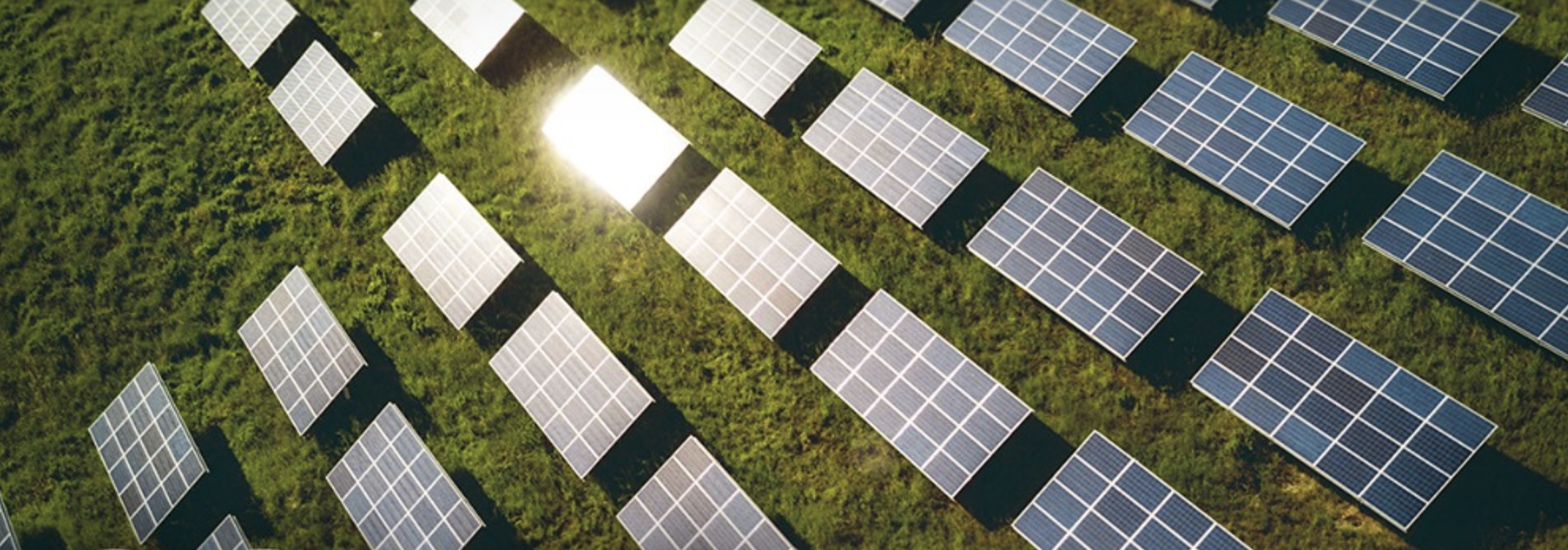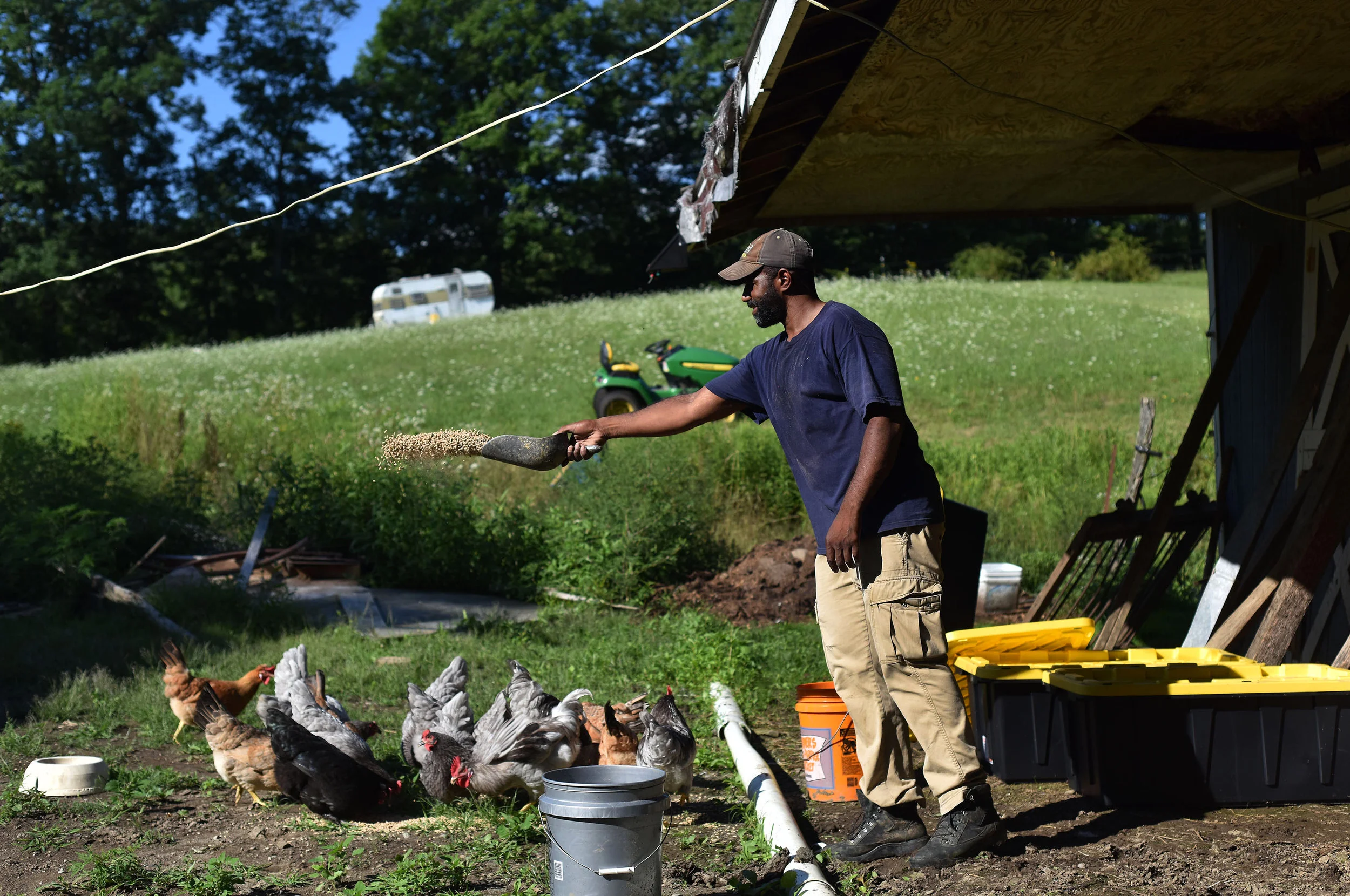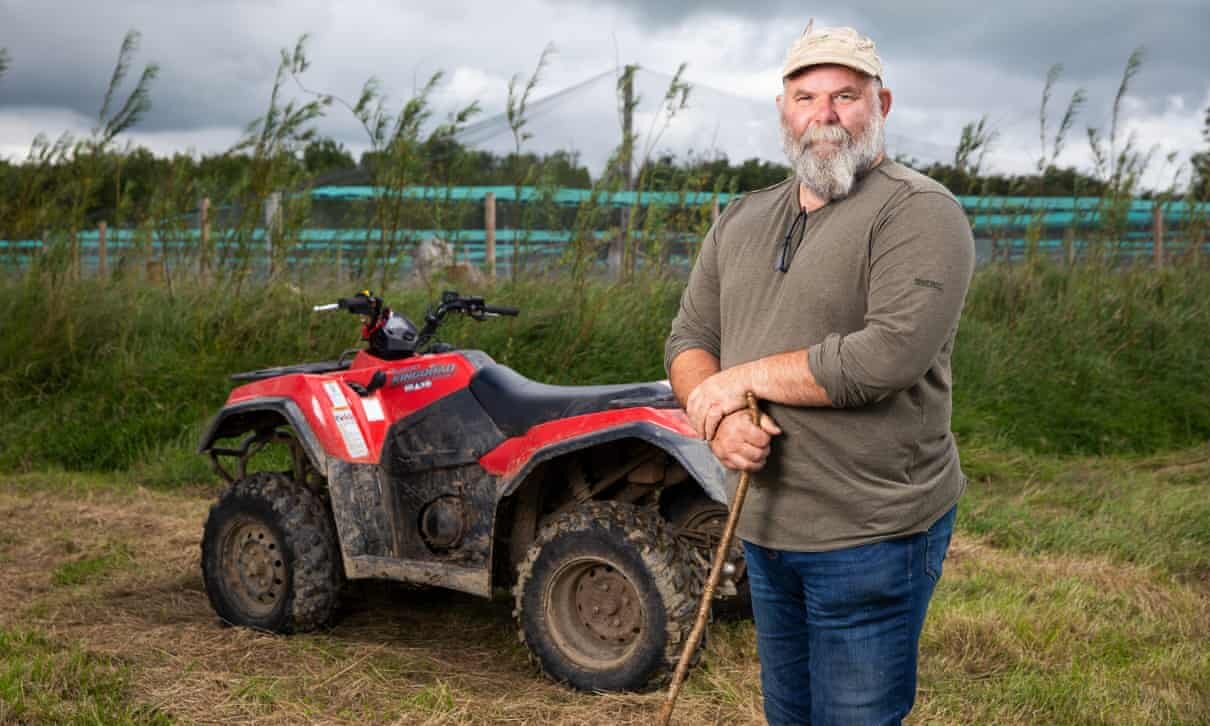Weekly Ingest Newsletter: Thirteenth Edition
Each week I curate a newsletter for all my listeners that are comprised of articles that are of interest to the topics I talk about the podcast. This newsletter also brings national and international news about sustainability and climate change they may often get overlooked, forgotten about, or is unheard of to the community I serve.
Regional Environmental and Climate News
Martin Meissner/Associated Press
Federal court rejects ‘weak and unenforceable’ Pennsylvania smog regulations
From Pittsburgh Post-Gazette: Don Hopey
A federal appeals court in Philadelphia has ruled that the U.S. Environmental Protection Agency’s approval of a weak Pennsylvania air pollution standard was “arbitrary and capricious” and directed the federal and state environmental agencies to come up with new tougher, enforceable, regulations.
The Sierra Club and Earthjustice brought the appeal, arguing at a May 21 hearing before the U.S. Court of Appeals for the Third Circuit, that the EPA’s approval of Pennsylvania coal-fired power plant pollution standards wrongly claimed the state regulations would reduce emissions of nitrogen oxides, a building block of unhealthy smog.
The court, in its 30-page opinion by Judge Theodore McKee, agreed, stating that the EPA was “simply rubber-stamping an average of current pollution output as its supposed new gold standard,” and that a state allowance of low temperature coal combustion actually could increase pollution emissions fivefold.
The court also agreed with the Sierra Club claim that the proposed state regulations also lack enforceable emissions reporting standards.
Source: PA State Impact
Community solar proposal getting bipartisan support in legislature
From Pennsylvania State Impact: Rachel McDevitt
Energy issues in Pennsylvania can be fiercely partisan, but a measure in the state legislature to encourage clean energy development is gaining support on both sides of the aisle.
The measure allows for community solar projects, which are larger than home rooftop panels but smaller than utility-scale grids.
The behind-the-meter projects are owned by solar developers. The energy generated is shared by a group of subscribers who get a credit on their electricity bills for what they use.
The projects can remove barriers to solar power, such as up-front cost or homeownership, according to Leslie Elder with the Coalition for Community Solar Access.
Courtesy of Fractacker Alliance/Ted Auch
Clarks Summit council votes in opposition of liquefied natural gas plant's plans
From The Times-Tribute: Frank Wilkes Lesnefsky
Council urges officials to scrutinize plans, reject shipping destination
A truck unloads in fracking wastewater at an injection well near Cambridge in eastern Ohio. [Kyle Robertson/Dispatch file photo]
State investigating whether injection well waste affecting drinking water
From The Columbus Dispatch: Beth Burger
Groundwater could be contaminated from brine, a fracking waste by-product, that was disposed of in an injection well in Washington County. State officials are conducting more studies and ask that residents contact them them if they have issues.
Wastewater from the well-drilling process that had been injected into a depleted well in Washington County has migrated to gas-producing wells at least five miles away, the Ohio Department of Natural Resources reported Friday, and officials want to make sure it’s not getting into drinking water.
While state officials said it’s unlikely, it’s possible the chemical stew known as brine, from the Class II Saltwater Injection Well, Redbird #4 in Dunham Township, could affect drinking water for residents of that part of southeastern Ohio. As of Friday, the state had not received any reports affecting human health or safety associated with any of the wells, officials said.
Ohio Department of Natural Resources Director Mary Mertz said the state is in the process of hiring an expert to assess groundwater issues.
“You can never be too careful. Science evolves. We’re constantly looking, constantly evaluating. We’ll consult with some of the experts in the state like Ohio Environmental Protection Agency, Ohio Department of Health,” she said. “And we’ll bring someone on to just take a closer look at groundwater issues and confirm that there’s nothing to be concerned about.”
Steve Heaslip/Cape Cod Times
Demonstrators greet Cape Cod travelers with climate change warning
From Cape Cod Times: Beth Treffeisen
Labor Day weekend visitors became captive audience to protesters dressed in red or carrying signs to foster awareness.
BOURNE — As traffic backed up at the base of the Bourne Bridge on Friday morning , thousands of people in their cars were met by eight people dressed in red robes with painted white faces walking along the bridge’s narrow sidewalk.
The costumed demonstrators were there to bring attention to climate change.
″(It) is the most important threat facing humanity and it affects all sides,” said Eric Kosse, of Truro. “We need to take immediate action.”
The event, titled “Cape Cod Climate Emergency Spectacular,” was presented by the environmentalist group Extinction Rebellion, an international organization that began in England and spread to the United States, with chapters in Boston and on Cape Cod.
Climate Crisis
A wildfire in Monchique in Portugal in 2018. The case was initiated in 2017 after devastating forest fires in Portugal killed over 120 people. Photograph: Filipe Farinha/EPA
Portuguese children sue 33 countries over climate change at European court
From The Guardian: Jonathan Watts
Ground-breaking crowdfunded case demands that states make more ambitious emissions cuts
Young activists from Portugal have filed the first climate change case at the European court of human rights in Strasbourg, demanding 33 countries make more ambitious emissions cuts to safeguard their future physical and mental wellbeing.
The crowdfunded legal action breaks new ground by suing multiple states both for the emissions within their borders and also for the climate impact that their consumers and companies have elsewhere in the world through trade, fossil-fuel extraction and outsourcing.
The plaintiffs – four children and two young adults – want the standard-setting court to issue binding orders on the 33 states, which include the EU as well as the UK, Norway, Russia, Turkey, Switzerland and Ukraine, to prevent discrimination against the young and protect their rights to exercise outdoors and live without anxiety.
The extra energy trapped by the atmosphere is expressing itself every second of every hour, usually quietly; you may not notice it, but eventually a downpour turns into a flood.Photograph by Eric Thayer / Getty
How Fast Is the Climate Changing?: It’s a New World, Each and Every Day
From The New Yorker: Bill McKibben
The struggle over climate change is necessarily political and economic and noisy—if we’re going to get anything done, we’ll have to do it in parliaments and stock exchanges, and quickly.
But, every once in a while, it’s worth stepping back and reminding ourselves what’s actually going on, silently, every hour of every day. And what’s going on is that we’re radically remaking our planet, in the course of a human lifetime. Hell, in the course of a human adolescence.
The sun, our star, pours out energy, which falls on this planet, where the atmosphere traps some of it. Because we’ve thickened that atmosphere by burning coal and gas and oil—in particular, because we’ve increased the amount of carbon dioxide and methane it contains—more of that sun’s energy is trapped around the Earth: about three-fourths of a watt of extra energy per square meter, or slightly less than, say, one of those tiny white Christmas-tree lights. But there are a lot of square meters on our planet—roughly five hundred and ten trillion of them, which is a lot of Christmas-tree lights. It’s the heat equivalent, to switch units rather dramatically, of exploding four Hiroshima-sized bombs each second.
"We are running out of time" to act on the climate emergency, "as our children and young people have reminded us," Pope Francis said in a message Tuesday. (Photo: Dan Kitwood/Getty Images)
'Creation Is Groaning!': Pope Francis Denounces Endless Growth, Humanity's Assault on Nature
From Common Dreams: Andrea Germanos
"Climate restoration is of utmost importance, since we are in the midst of a climate emergency."
Pope Francis on Tuesday railed against humanity's exploitation of natural resources and pursuit of endless growth as he urged people across the world to act with the urgency young people worldwide have demanded to protect the Earth and build back better from the coronavirus pandemic.
The pope's call came in a written message to mark the World Day of Prayer for the Care of Creation and in which he urged people to view the "disintegration of biodiversity, spiraling climate disasters, and unjust impact of the current pandemic on the poor and vulnerable" as "a wakeup call in the face of our rampant greed and consumption."
"Our constant demand for growth and an endless cycle of production and consumption are exhausting the natural world," he said. "Forests are leached, topsoil erodes, fields fail, deserts advance, seas acidify, and storms intensify. Creation is groaning!"
Francis framed the Covid-19 crisis as having "given us a chance to develop new ways of living" and "brought us to a crossroads" at which societies can choose "to end our superfluous and destructive goals and activities, and to cultivate values, connections, and activities that are life-giving."
In August 2020, the RAS Institute of Oil and Gas Problems, supported by the local Yamal authorities, conducted a major expedition to the new crater. Skoltech researchers were part of the final stages of that expedition. Credit: Evgeny Chuvilin
Massive mystery holes appear in Siberian tundra — and could be linked to climate change
From CNN: Katie Hunt
A Russian TV crew flying over the Siberian tundra this summer spotted a massive crater 30 meters (100 feet) deep and 20 meters wide -- striking in its size, symmetry and the explosive force of nature that it must have taken to have created it.
Scientists are not sure exactly how the huge hole, which is at least the ninth spotted in the region since 2013, formed. Initial theories floated when the first crater was discovered near an oil and gas field in the Yamal Peninsula in northwest Siberia included a meteorite impact, a UFO landing and the collapse of a secret underground military storage facility.
While scientists now believe the giant hole is linked to an explosive buildup of methane gas -- which could be an unsettling result of warming temperatures in the region -- there is still a lot the researchers don't know.
Source: Istock
Without better climate education in our schools, the climate crisis will continue to be a runaway train
From Changing America and The Hill: Rohan Arora
The U.S. should follow the example of other nations.
Growing up less than an hour from the nation's capital, I considered my education to be unparalleled. In fact, the county in which I attended grade school is the richest county in America. However, it wasn't until my senior year of high school that I realized my education, and that of my fellow Americans, was severely lacking.
How? Well, while concepts such as parametric equations, rhetorical devices, civic disobedience, and more were thoroughly discussed by my teachers, there was absolutely no discussion about the climate crisis.
Intersectional Environmentalism and Agriculture
Daryl Minton, 45, throws chicken feed into a yard where the chickens roam at the Triple J Farm in Windsor, N.Y. Minton lives and works on the farm his grandfather, James Minton, bought it a decade ago. Between lending discrimination and rising costs, many obstacles stand in the way of Black Americans looking to own farmland. Heather Ainsworth for NPR
'Make Farmers Black Again': African Americans Fight Discrimination To Own Farmland
From NPR:
At the start of the 20th century, one in seven farmers in the United States was Black. In the decades that followed, however, Black Americans were dispossessed of an estimated 13 million acres of land. Many descendants of Black farmers moved north to seek jobs in other industries, removed from familial agricultural backgrounds.
Now, nearly 100 years later, people of color are leading a resurgence of interest in farming in the Northeast, and yet for these farmers the barriers to starting a farm remain high. Between lending discrimination and rising costs, many obstacles stand in the way of Black Americans looking to own farmland.
The family behind Triple J Farm, a chicken farm in Windsor, N.Y., knows this. That's why they are farming with a message of #MakeFarmersBlackAgain.
John James Audubon relied on African Americans and Native Americans to collect some specimens for his ‘Birds of America’ prints (shown: Florida cormorant), but never credited them. National Audubon Society, CC BY
American environmentalism’s racist roots have shaped global thinking about conservation
From The Conversation: Prakash Kashwan
The United States is having a long-overdue national reckoning with racism. From criminal justice to pro sports to pop culture, Americans increasingly are recognizing how racist ideas have influenced virtually every sphere of life in this country.
This includes the environmental movement. Recently the Sierra Club – one of the oldest and largest U.S. conservation organizations – acknowledged racist views held by its founder, author and conservationist John Muir. In some of his writing, Muir described Native Americans and Black people as dirty, lazy and uncivilized. In an essay collection published in 1901 to promote national parks, he assured prospective tourists that “As to Indians, most of them are dead or civilized into useless innocence.”
Acknowledging this record, Sierra Club Executive Director Michael Brune wrote in July 2020: “As defenders of Black life pull down Confederate monuments across the country, we must…reexamine our past and our substantial role in perpetuating white supremacy.”
Rewilder Derek Gow at his farm in Upcott Grange, Devon. Photograph: Jonny Weeks/The Guardian
'It’s going to be our way now': the guerrilla rewilder shaking up British farming
From The Guardian:Phoebe Weston
I am sleeping in a shepherd’s hut 30 metres from a dozen wildcats. It’s an unusual way to spend a Monday night, especially in rural Devon. In the valley are the familiar sounds of dogs barking and foxes shrieking, as well as the unfamiliar sounds of storks clapping their beaks together, a noise that has been absent from Britain for 600 years. Beavers, iron age pigs, mouflon (wild sheep), Heck cattle and Exmoor ponies also live on this 120-hectare farm near Lifton, owned by rewilding specialist and farmer Derek Gow.
This unassuming old dairy farm with its small whitewashed barns is a hub for covert species reintroductions. In 1995, Gow started working with water voles – his first species of interest – after buying a batch from a fish farm in Hampshire. Then he noticed restored wetlands were naturally silting up and realised another keystone species was missing: beavers. Bereft of beavers, ponds require huge amounts of management to keep them open, so in 1997 he drove to Poland to get some.
Already, the 55-year-old has released 25,000 water voles and dozens of beavers, two keystone species he has worked with for a quarter of a century. “Beavers are the creators of life – without beavers there is no life. The other animals are stock cubes, which you put into the stew, spreading richness and flavour to everything,” says Gow, who is blunt, observant and determined. To many ecologists he’s a visionary; to government officials he’s a pain in the arse. In the afternoon I spend with him he swears more than most people would in a lifetime.



![A truck unloads in fracking wastewater at an injection well near Cambridge in eastern Ohio. [Kyle Robertson/Dispatch file photo]](https://images.squarespace-cdn.com/content/v1/5e9600b13e6b2f7f177d12d3/1599491965595-92G5Z33ST0UUT5IB4TSX/BB18JX0G.jpeg)








